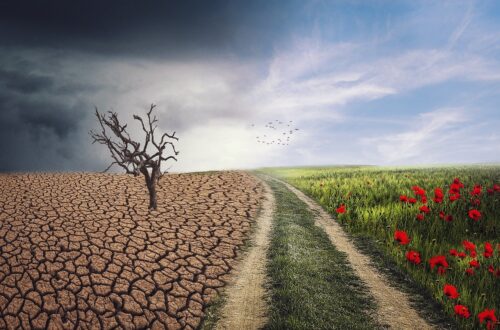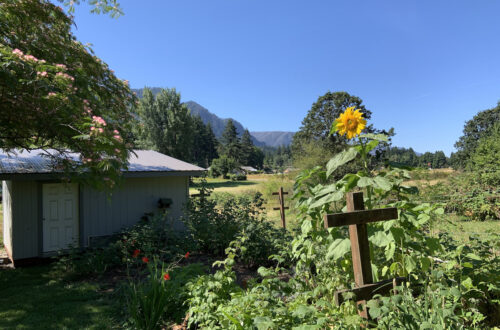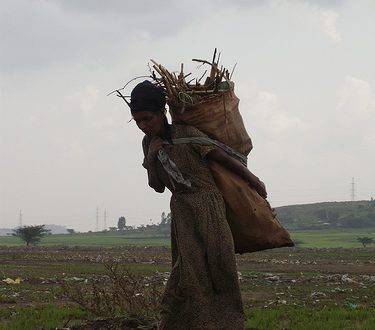How are we doing?
The good news is that in the 15 + years we have been publishing the Green Living Journal, we have been encouraged by the many changes that have occurred. There has been growth in solar and wind energy production, an increase in the availability and sales of electric vehicles, the number of coal-fired power plants in operation continues to decline, and the availability of organic foods has gone mainstream. So let’s take a quick look at the progress made since 2008.
Solar power was less than 0.1% of US electrical production in 2008, but by 2022 it grew to 4.7%. Wind power was 1.8% in 2008, but by the end of 2022, it was up to 10.2%.
In 2008, no major car maker had an electric vehicle (EV) for sale, and Tesla delivered its first EV – the $110,000 Roadster. By 2022, every major car company was selling or developing a line of EVs. That year, Tesla sold more than 1.3 million EVs, mostly Model Ys and 3s. EVs now make up 5.8% of vehicle sales in the US.
At its peak in 2010, coal-fired plants produced 44% of the nation’s electricity, and by 2022 that was reduced to 20% of US electricity.
In 2008, a shopper was hard-pressed to find a store that offered organic foods, but today, all major food chains offer a wide selection of organics.
Despite all this good news, there is still serious bad news that we can’t ignore.
As I write this, wildfires are raging on Maui, Phoenix just set a record of 31 consecutive days with temperatures of 110 degrees or higher, and there is an ocean heat wave off the coast of Florida. The concentration of CO2 in the atmosphere continues to rise and is now over 416 parts per million (ppm). In 2008 when we published our first issue, there was 385 ppm of CO2 in the atmosphere.
To gain a more in-depth perspective on our present environmental situation, please check out the video Breaking Boundaries: The Science of Our Planet. In it, David Attenborough and the world-renowned scientist Johan Rockström examine Earth’s biodiversity collapse. The film explains how humanity has pushed our planet beyond the boundaries that have kept it stable since the dawn of life, but also that this crisis can still be averted, thinking and acting with one unified purpose to ensure that Earth forever remains healthy and resilient. View here: bit.ly/3KH8BVD
So, how are we doing? At best, a D+.
The good news is that in the 15 + years we have been publishing the Green Living Journal, we have been encouraged by the many changes that have occurred. There has been growth in solar and wind energy production, an increase in the availability and sales of electric vehicles, the number of coal-fired power plants in operation continues to decline, and the availability of organic foods has gone mainstream. So let’s take a quick look at the progress made since 2008.
Solar power was less than 0.1% of US electrical production in 2008, but by 2022 it grew to 4.7%. Wind power was 1.8% in 2008, but by the end of 2022, it was up to 10.2%.
In 2008, no major car maker had an electric vehicle (EV) for sale, and Tesla delivered its first EV – the $110,000 Roadster. By 2022, every major car company was selling or developing a line of EVs. That year, Tesla sold more than 1.3 million EVs, mostly Model Ys and 3s. EVs now make up 5.8% of vehicle sales in the US.
At its peak in 2010, coal-fired plants produced 44% of the nation’s electricity, and by 2022 that was reduced to 20% of US electricity.
In 2008, a shopper was hard-pressed to find a store that offered organic foods, but today, all major food chains offer a wide selection of organics.
Despite all this good news, there is still serious bad news that we can’t ignore.
As I write this, wildfires are raging on Maui, Phoenix just set a record of 31 consecutive days with temperatures of 110 degrees or higher, and there is an ocean heat wave off the coast of Florida. The concentration of CO2 in the atmosphere continues to rise and is now over 416 parts per million (ppm). In 2008 when we published our first issue, there was 385 ppm of CO2 in the atmosphere.
To gain a more in-depth perspective on our present environmental situation, please check out the video Breaking Boundaries: The Science of Our Planet. In it, David Attenborough and the world-renowned scientist Johan Rockström examine Earth’s biodiversity collapse. The film explains how humanity has pushed our planet beyond the boundaries that have kept it stable since the dawn of life, but also that this crisis can still be averted, thinking and acting with one unified purpose to ensure that Earth forever remains healthy and resilient. View here: bit.ly/3KH8BVD
So, how are we doing? At best, a D+.






